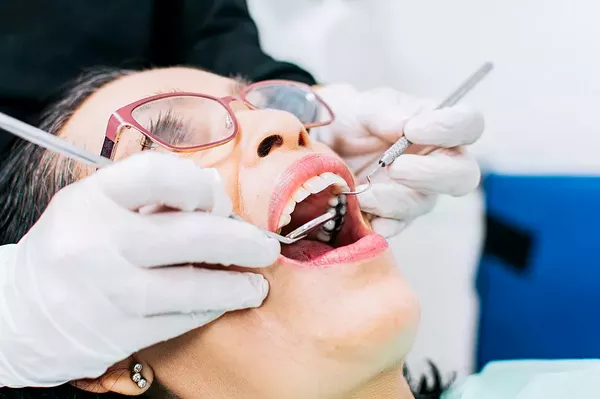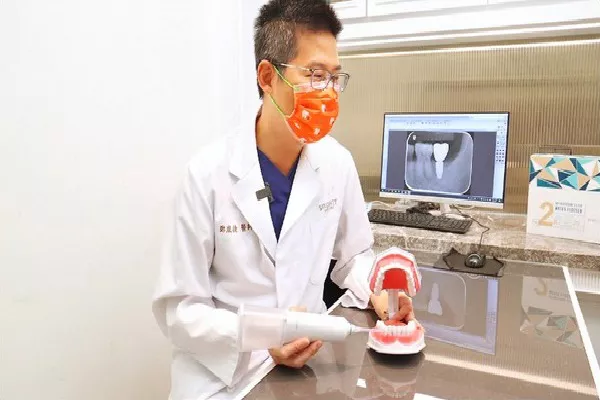A recent Issues Brief from the Australian Healthcare and Hospitals Association’s Deeble Institute for Health Policy Research highlights significant access challenges to oral health care in rural and remote Australia. Titled ‘Integrating oral health into primary healthcare for improved access to oral health care for rural and remote populations,’ the report synthesizes evidence on this pressing issue.
Oral health services are notably scarce in rural and remote regions, particularly affecting underserved populations that depend on public dental services, including First Nations Peoples. The primary causes are the uneven distribution of oral health services and a shortage of dental professionals in these areas.
“Primary care providers often serve as the initial point of contact for health services in rural and remote communities and are ideally positioned to offer basic oral health care,” said AHHA’s Associate Professor Rebecca Haddock, co-author of the brief.
“This could encompass screening for risk factors, providing oral health education, delivering non-invasive preventive interventions, and making referrals,” A/Prof Haddock continued. “However, limited knowledge and skills in oral health, alongside restrictive professional practice boundaries, hinder the potential to utilize existing primary healthcare resources for oral health provision.”
Access to oral health care across Australia often involves out-of-pocket expenses, as these services are typically not covered by Medicare. This financial barriers extend to the limited non-governmental oral health services available in rural and remote areas.
To address these issues, the brief recommends implementing subsidy schemes based on the fee-for-service payment model, targeted at specific population groups in rural and remote regions to ensure timely access to essential care. It also underscores the missed opportunities for interprofessional collaboration and integration of oral and primary healthcare professionals due to the absence of mandated data reporting, management, and sharing mechanisms between dental and broader healthcare systems.
Additional key recommendations include enhancing health training for rural and remote primary healthcare professionals, expanding the scope of practice to allow primary healthcare providers to offer oral health care, recognizing oral health as a ‘core’ primary healthcare service, improving interoperability and data sharing, and increasing access to oral health care under Medicare for rural and remote populations.
You Might Be Interested In
































